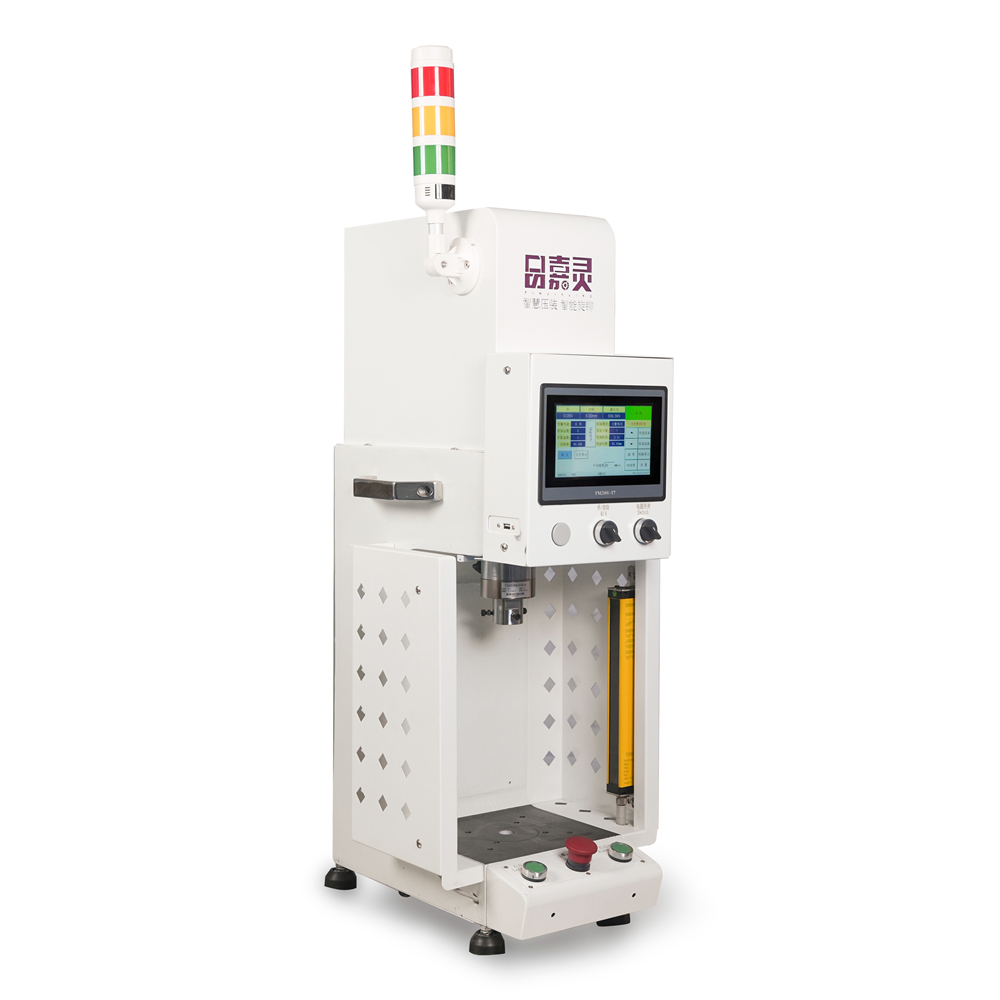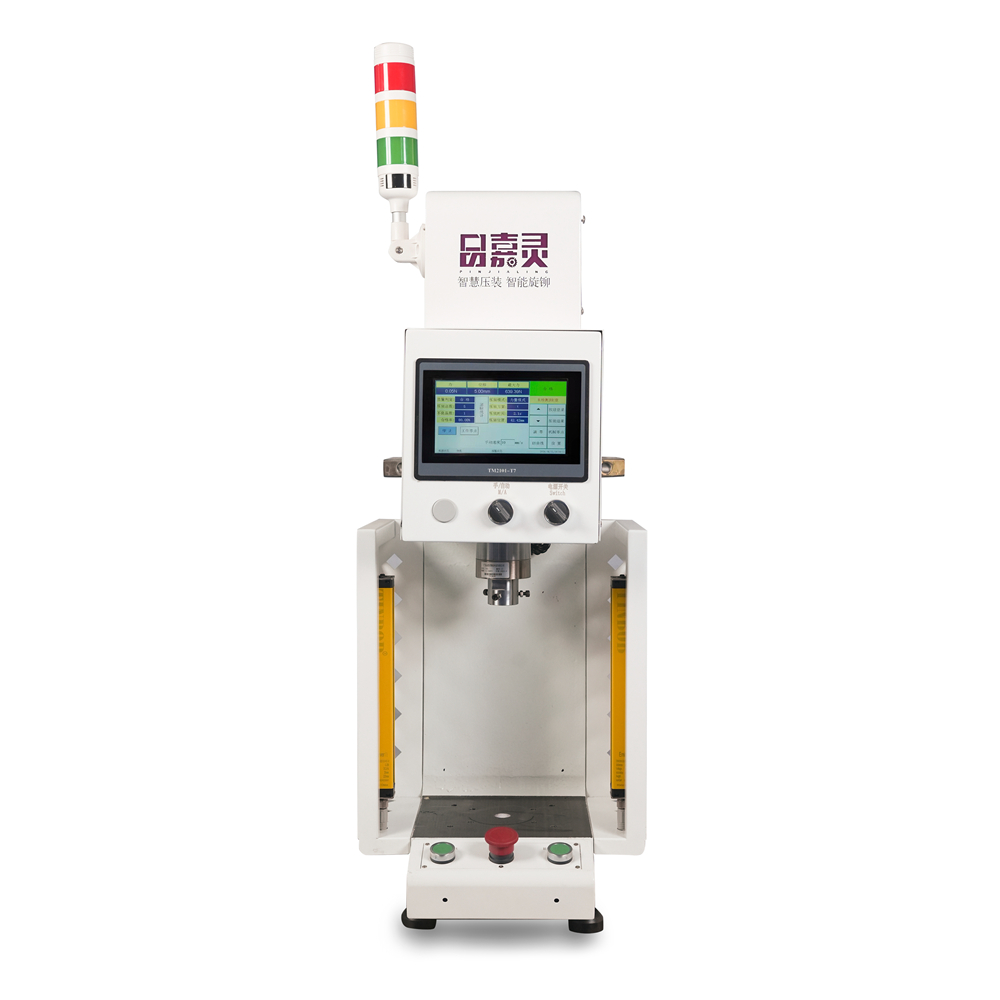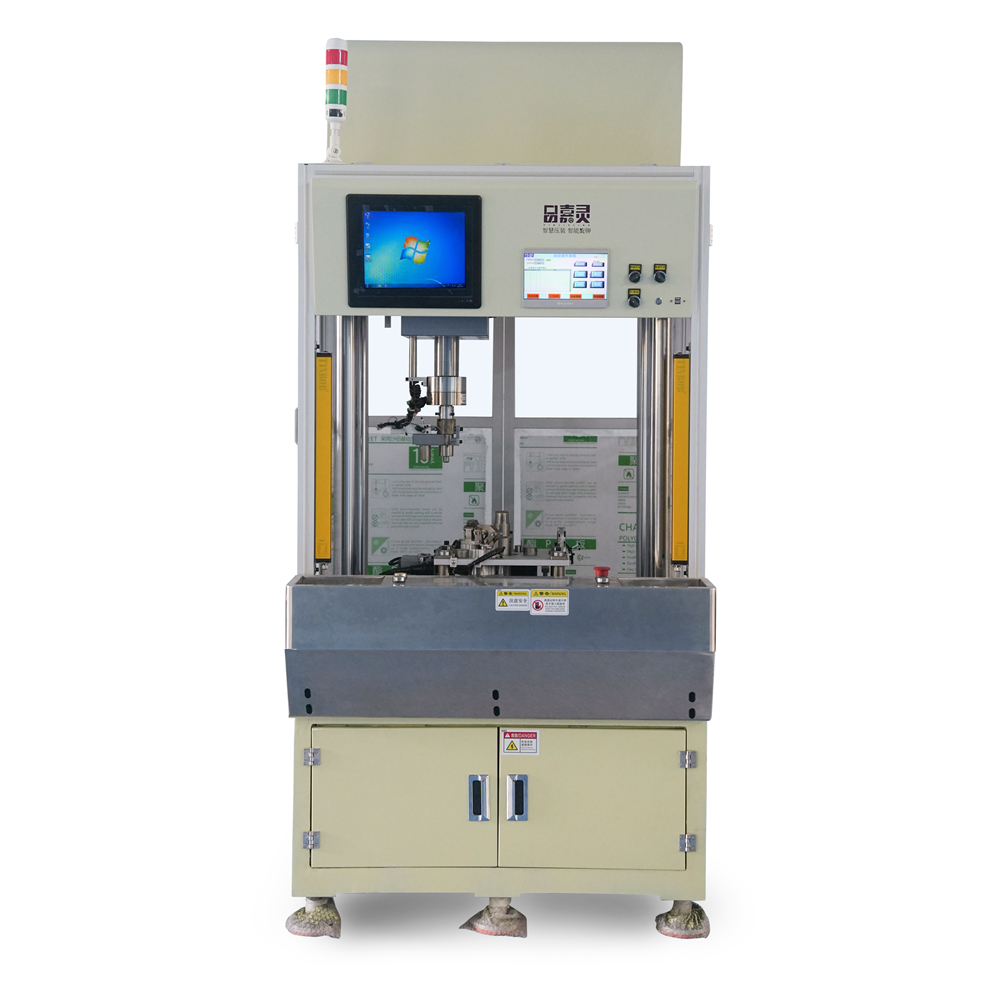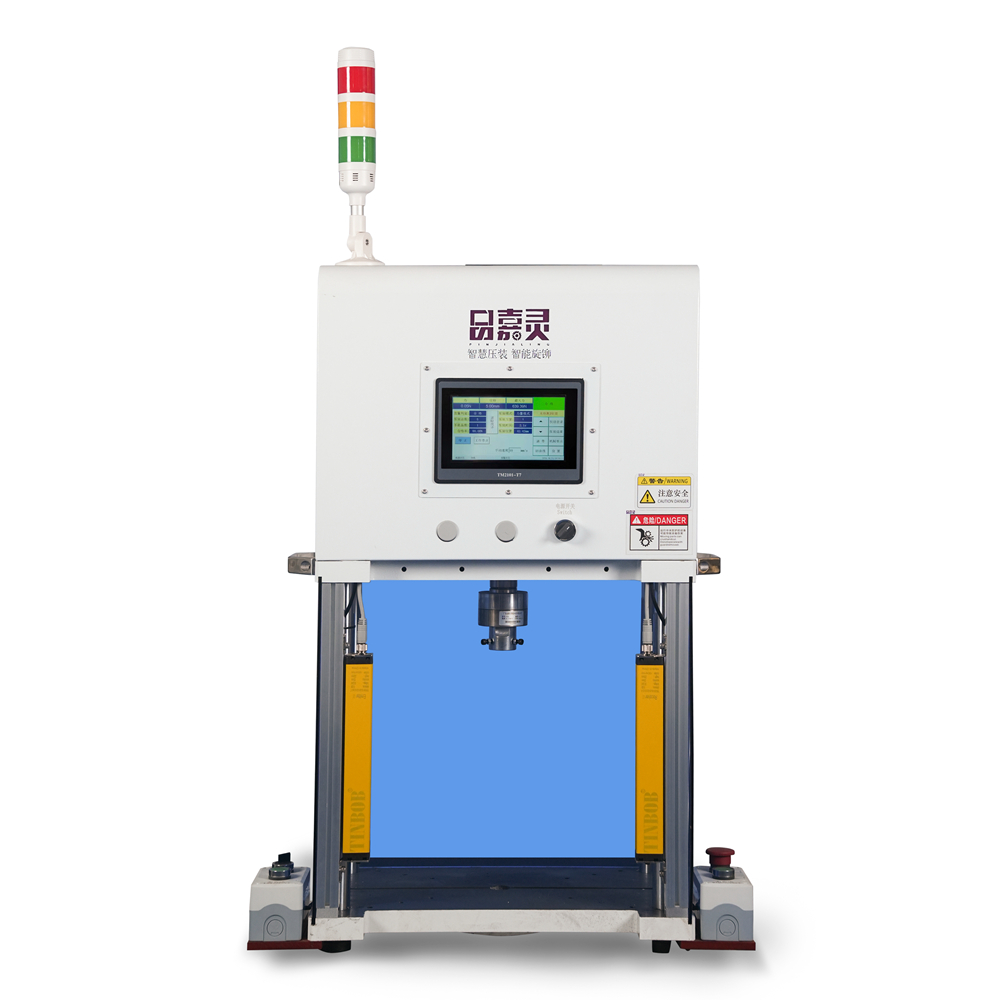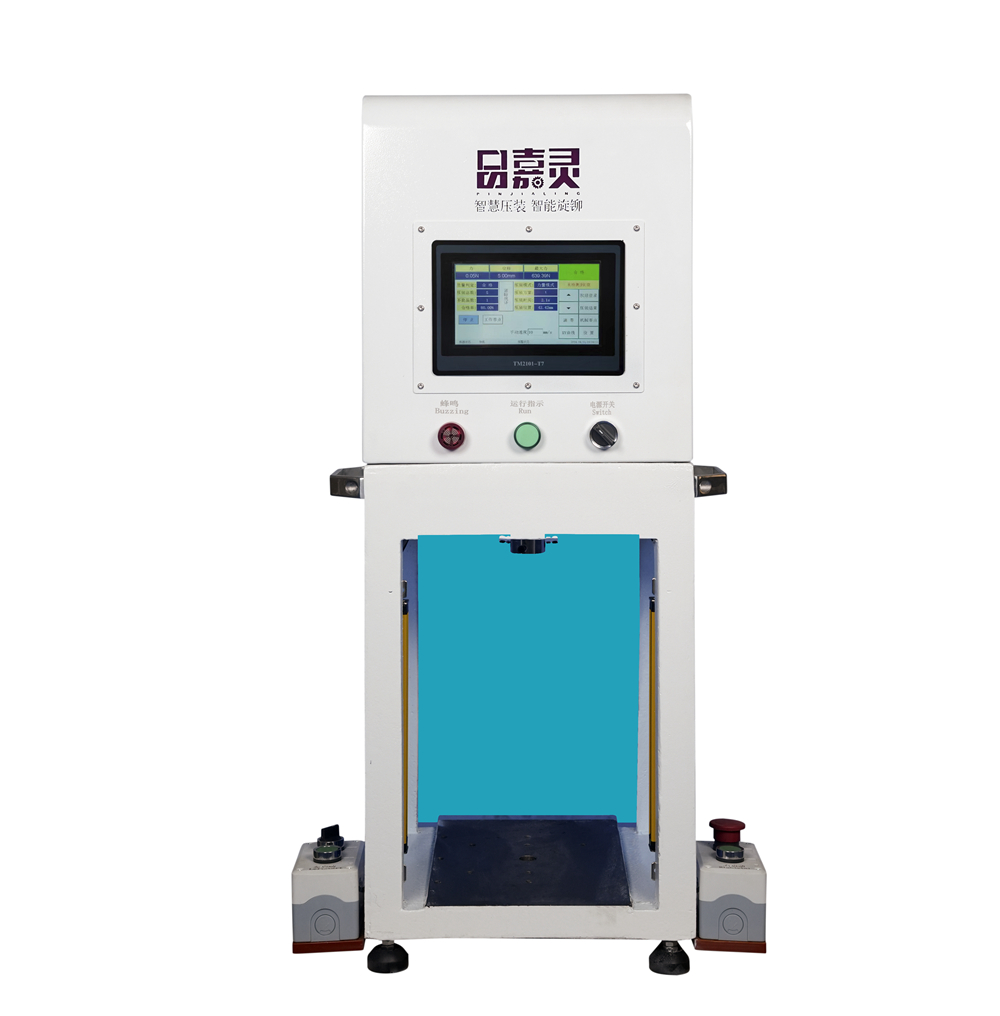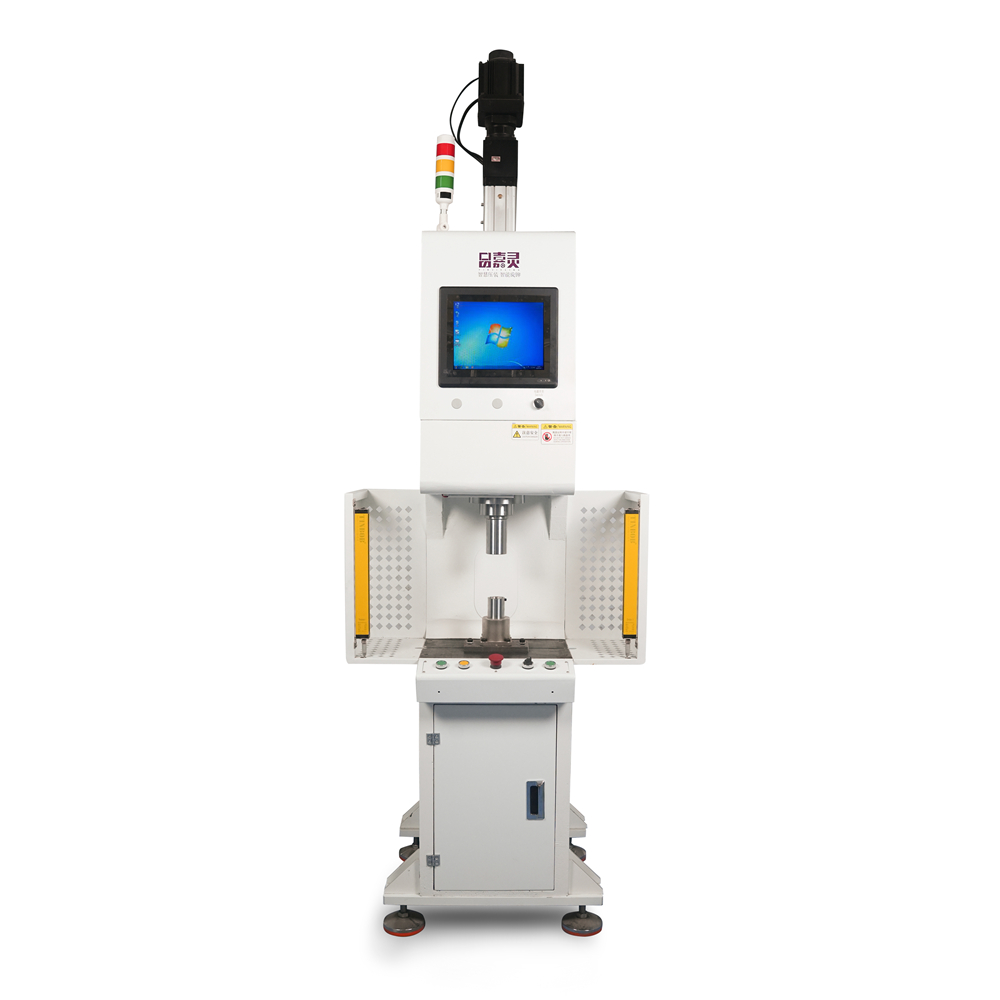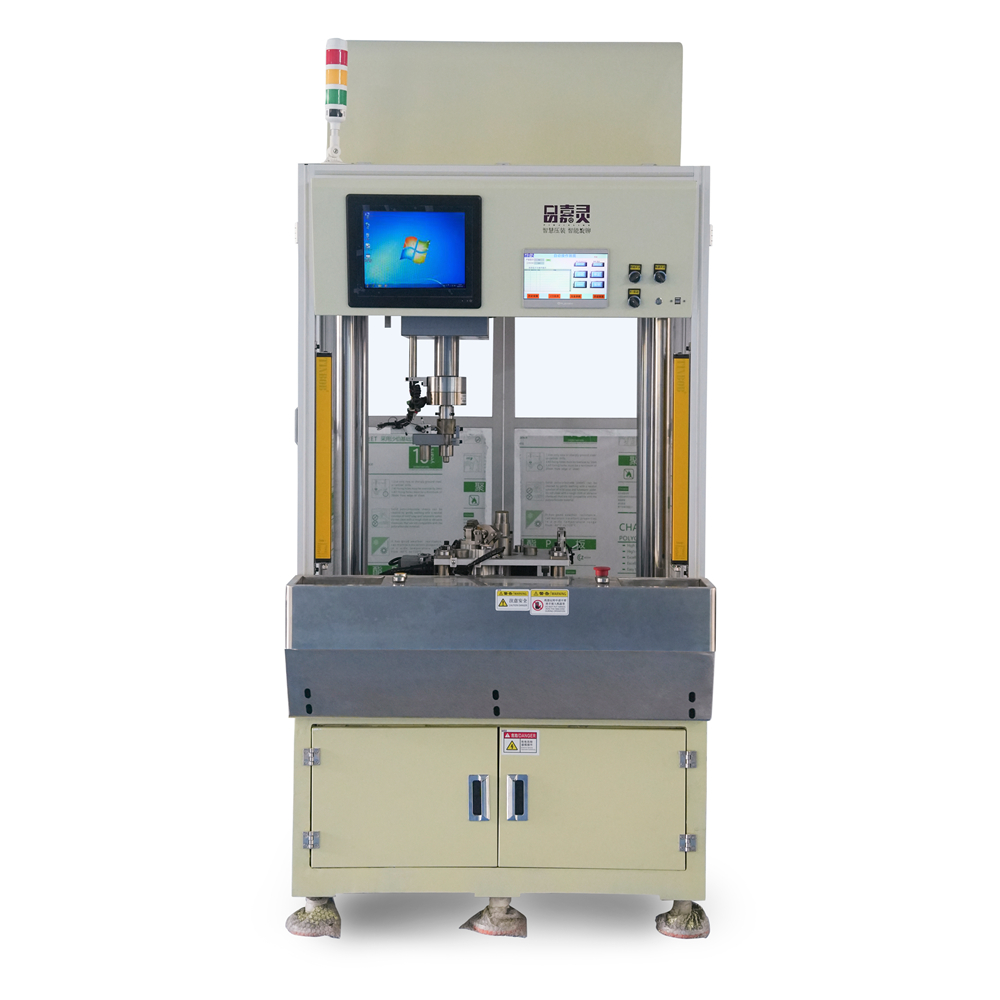Vertical Servo Press Machine Force Distribution Analysis for Quality Control
Vertical Servo Press Machine Force Distribution Analysis for Quality Control

The functionality and efficiency of manufacturing processes significantly rely on the precision of equipment used. Among various machines, the vertical servo press machine has gained attention for its superior control abilities. This machinery integrates advanced servo technology, allowing for precise force application during manufacturing tasks. Analyzing the force distribution in these machines is vital for maintaining quality control, which is essential in producing high-standard products.
Force distribution refers to how the applied force is spread across the workpiece during the pressing process. In a vertical servo press, the load tends to be distributed in various manners depending on factors such as the design of the press, the material properties of the workpiece, and the specific pressing conditions. Analyzing this distribution helps identify inconsistencies that could lead to defects or failures in the final product.
One critical aspect of force distribution analysis is the use of sensors that measure the actual force applied during pressing operations. By incorporating load cells or pressure sensors, manufacturers can obtain real-time data on how force is being applied. This information is crucial in assessing whether the force distribution aligns with the predetermined parameters set for quality control.
Another dimension of the analysis involves the simulation of force application using finite element analysis (FEA). By creating a digital model of the press and the workpiece, engineers can simulate various pressing scenarios. This allows for thorough examination and optimization of force distribution prior to actual production. Such simulations enable manufacturers to predict areas of potential weakness or failure and adjust parameters accordingly, ultimately leading to enhanced quality control.
A significant consequence of effective force distribution is the reduction of material waste. When force is applied evenly, it minimizes the risk of deformities in the product, which can occur from uneven pressure. This not only conserves resources but also streamlines the production process, contributing to overall operational efficiency.
Moreover, regular analysis and adjustment of force distribution parameters reinforce the machine’s reliability and longevity. When the force distribution is meticulously monitored, any signs of wear or malfunction can be detected early. This proactive approach to maintenance not only extends the life of the servo press but also reduces costly downtime. Thus, investing time and resources into understanding force distribution can yield long-term benefits for manufacturing operations.
Implementing a structured quality control methodology that relies on force distribution analysis forms an integral part of Continuous Improvement (CI) initiatives. By continually assessing and refining the application of force in the vertical servo press machine, companies can enhance production consistency. This not only satisfies customer standards but also fortifies the company’s reputation within the industry.
In conclusion, the analysis of force distribution in vertical servo press machines is a critical element of quality control. It necessitates a blend of real-time data collection, advanced simulation techniques, and a commitment to ongoing quality improvement. By fully understanding and optimizing force distribution, manufacturers can elevate their production standards, reduce waste, and ensure the durability of their products. This detailed approach to force analysis will foster a more competitive edge in the manufacturing sector.
- Desktop Servo Press Machine for Prototyping and Small Batch Production
- The Desktop Servo Press Machine stands out as an innovative solution tailored specifically for prototyping...
- Comparative Analysis of Horizontal vs Vertical Servo Press Machine Structures
- The design and structure of servo press machines have evolved to cater to various industrial requirements,...
- Overview of Servo Press Machine Technology and Industrial Applications
- Servo press machines represent a significant advancement in the realm of industrial press technology. These...
- Vertical Servo Press Machine Force Distribution Analysis for Quality Control
- Vertical Servo Press Machine Force Distribution Analysis for Quality Control The functionality and...
- Vertical Servo Press Machine Pressure Sensing and Feedback Systems
- Vertical servo press machines utilize advanced technology to enhance manufacturing processes, particularly in applications requiring precise...
- Gantry Servo Press Machine Features for Heavy Duty Pressing Operations
- Gantry servo press machines represent a sophisticated solution for heavy-duty pressing operations, offering a range of...



